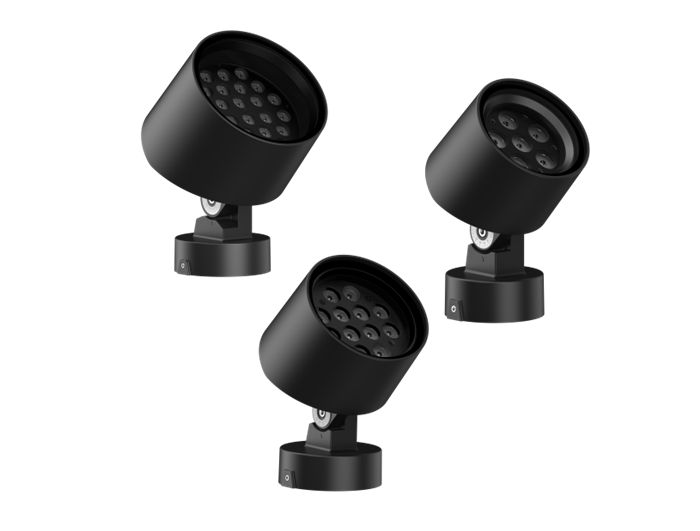How Automotive Starter Battery Works?
The automotive starter battery, a crucial component of your vehicle's electrical system, operates with precision to provide the necessary power for starting your engine. In this comprehensive guide, we will delve into the inner workings of the automotive starter battery, shedding light on its fundamental principles and explaining how it functions seamlessly to get your vehicle up and running.
The Basic Operation
At its core, the automotive starter battery functions on a principle of chemical reactions and electrical flow. When you turn the ignition key, a series of events are set in motion to deliver the power needed for engine ignition.
1. Chemical Reactions
The starter battery is often based on the lead-acid chemistry. It consists of several lead dioxide and lead plates immersed in an electrolyte solution of water and sulfuric acid. When the battery is charged, a chemical reaction occurs between these elements, leading to the creation of electrical energy stored within the battery.
2. Initiation of Engine Start
When you turn the ignition key, a signal is sent to the starter solenoid, a small magnetic switch. The solenoid, in turn, completes an electrical circuit that allows a surge of electricity to flow from the battery to the starter motor.
3. Starter Motor Activation
The starter motor, a powerful electric motor, receives the electrical current from the solenoid. This current causes the motor to spin rapidly. As the motor spins, it engages with the engine's flywheel or flexplate, initiating the process of turning the engine over.
4. Engine Cranking
As the starter motor turns the engine over, the engine's internal components, such as the pistons and crankshaft, begin to move. This process is known as engine cranking. As the engine cranks, air and fuel are drawn into the combustion chambers, preparing the engine for ignition.
5. Combustion and Ignition
Once the engine is cranked, the spark plugs generate a spark that ignites the air-fuel mixture within the combustion chambers. This ignition leads to the controlled explosion necessary for the engine to come to life and begin running.
6. Battery Recharging
Once the engine is running, the vehicle's alternator takes over the role of providing electrical power to the vehicle's systems and recharging the start-stop battery. The alternator converts mechanical energy from the engine's motion into electrical energy, which is then used to power the vehicle's components and recharge the battery for the next start.
Recommended article:The Rise of 12-Inch Android Tablets: Unveiling Their Versatility and Functionality
Precision and Reliability: The Essentials of Medical PCB Assembly
What is a Hybrid Inverter & how does it work?
Which diesel generator is best for home?
The Ultimate Guide to Selecting the Perfect Outdoor LED Video Wall
Difference Between Online UPS and Offline UPS
Advantages of Flexible Metal Conduit in Electrical Wiring

Maintenance and Optimization
To ensure the optimal performance and lifespan of your automotive starter battery, consider the following tips:
1. Regular Inspection:
Perform routine visual inspections to check for signs of corrosion, leaks, or physical damage to the battery terminals and casing.
2. Clean Connections:
Clean any corrosion from the battery terminals using a mixture of baking soda and water to maintain proper electrical connections.
3. Full Charges:
Regularly drive your vehicle for extended periods to allow the alternator to fully recharge the battery. Avoid frequent short trips that may lead to a discharged battery.
4. Temperature Considerations:
Extreme temperatures can impact battery performance. Park your vehicle in shaded areas during hot weather, and use battery blankets in cold climates to maintain optimal battery function.
5. Replacement:
When it's time to replace your Lithium battery, choose one with specifications that match your vehicle's requirements, including size, CCA, and reserve capacity.
Conclusion
The automotive starter battery's intricate dance of chemical reactions, electrical flow, and mechanical engagement is a remarkable testament to engineering ingenuity. It plays a silent yet vital role in the orchestration of your vehicle's ignition process. By understanding its fundamental operation and providing diligent maintenance, you can ensure that your vehicle starts reliably and continues to serve you faithfully on every journey.
Recommended article:What’s the Difference between Start Stop Car Batteries & Normal Batteries?
How to Choose Right Printed Circuit Board (PCB)?
Unveiling the Distinctions: LED Walls vs. Video Walls
Exploring Ebike Battery Connections: Unveiling the Power Link
Benefits of Using an Automotive Start-Stop Battery
How Do Variable Message Signs Work?
What Are the Requirements for Explosion-Proof?







